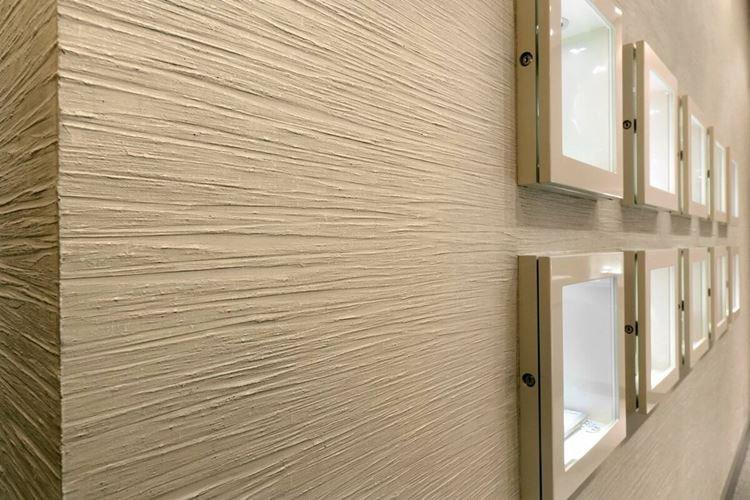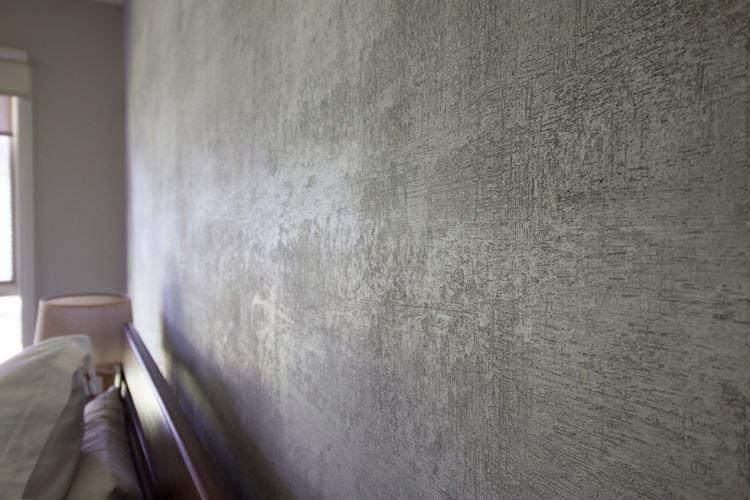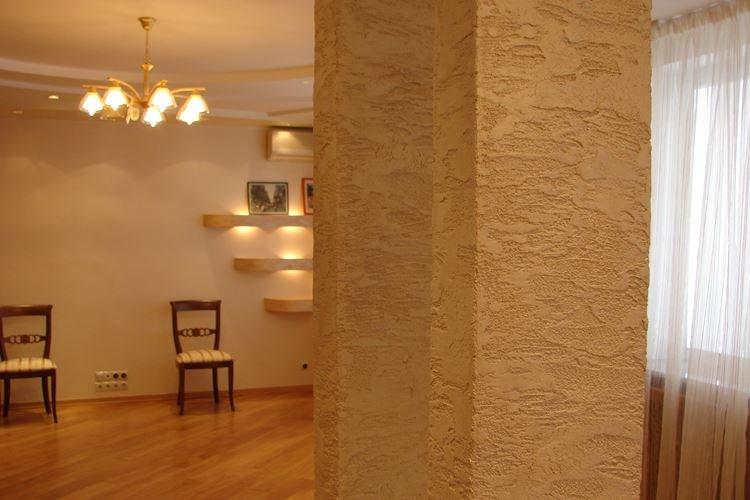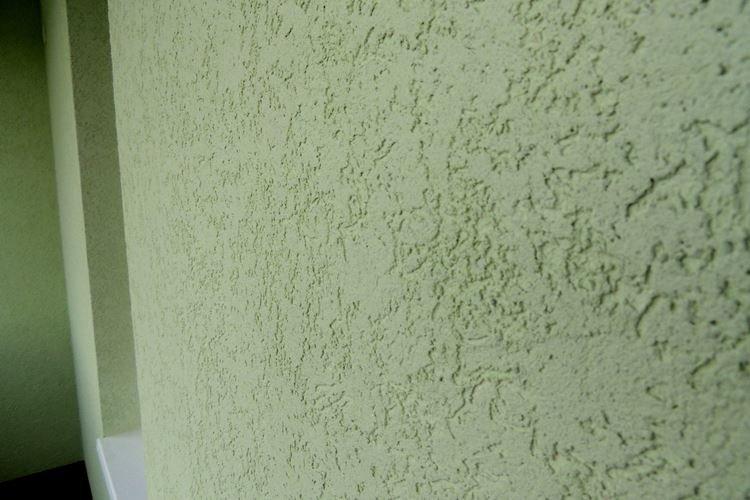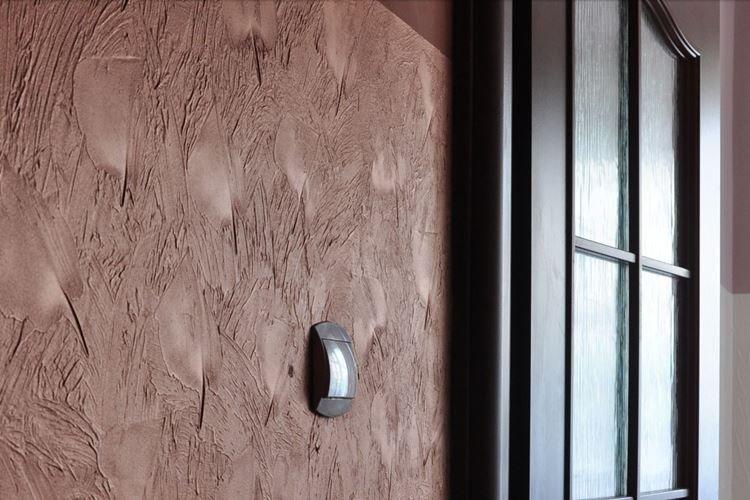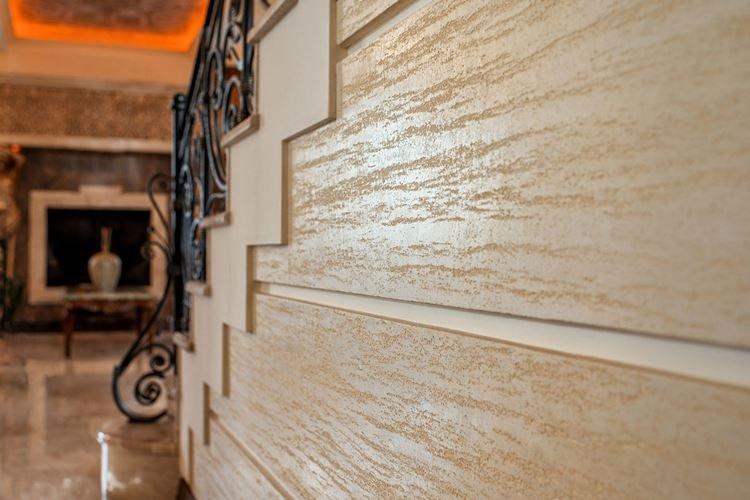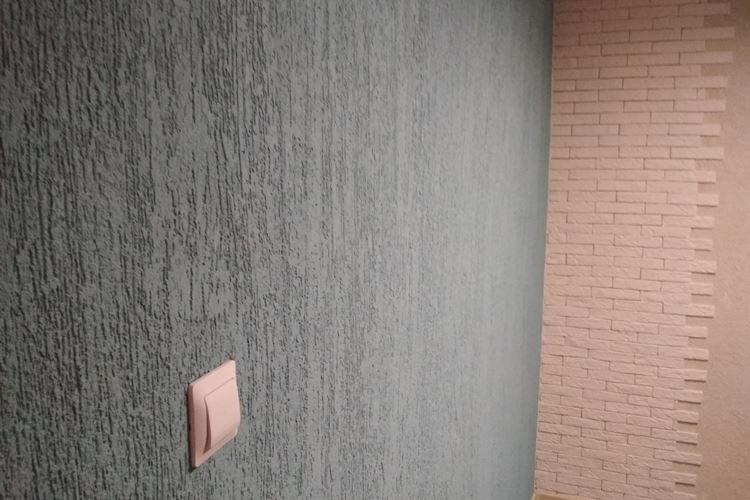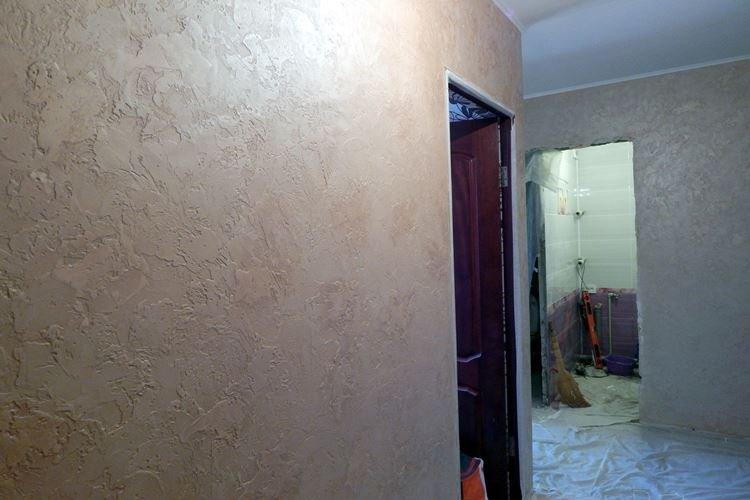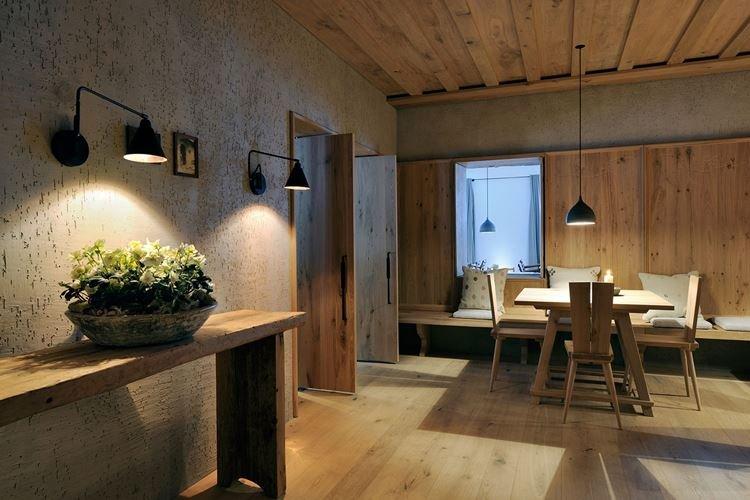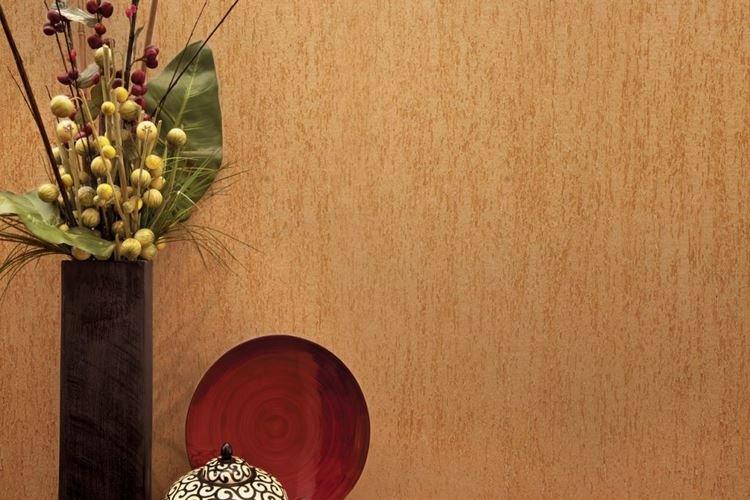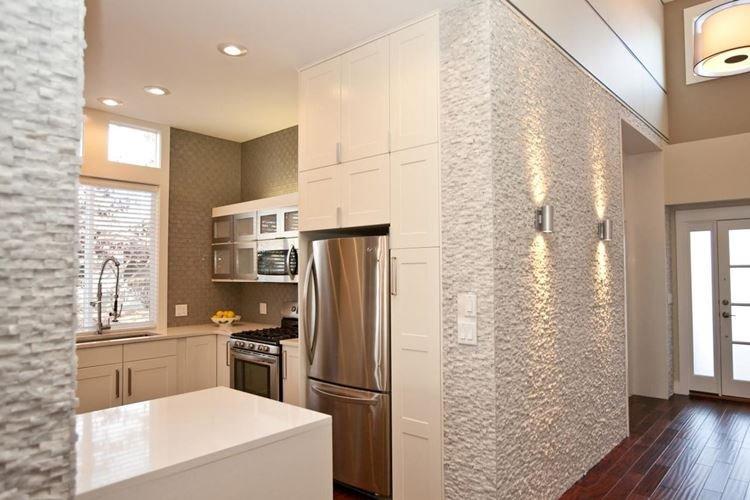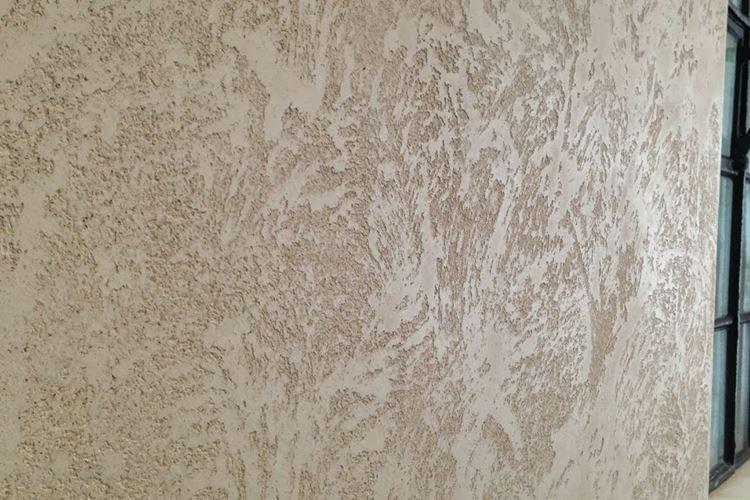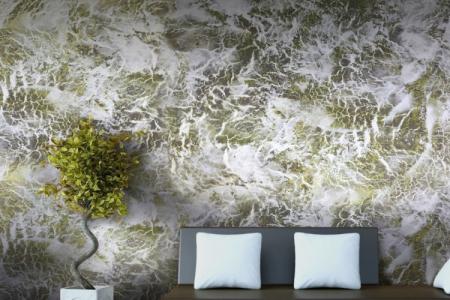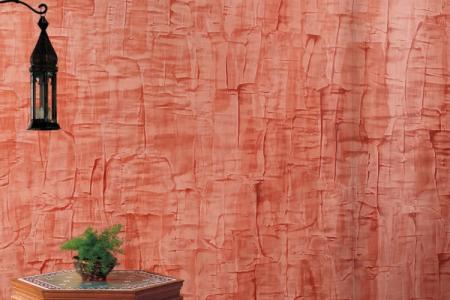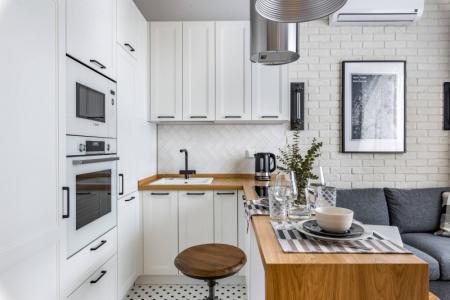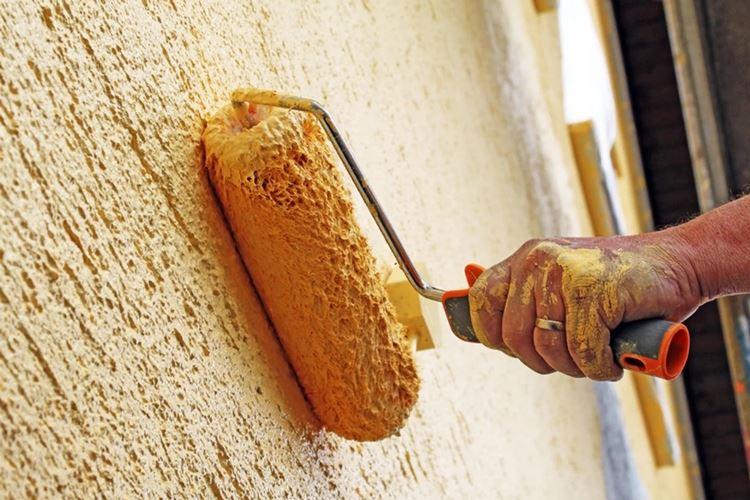
Among all finishing materials, decorative plaster occupies a special place. Since its inception, it has not given up its positions for a season, but on the contrary - more and more interesting options appear. In the same way, in due time, bark beetle plaster appeared, which has now deservedly become a classic in interior design and facade decoration. Let's tell you more!
Properties and features
Bark beetle plaster got its name for its characteristic texture, and now it is already a whole category of finishing materials. All sorts of impurities are added to create a unique texture. It was originally marble chips, but now there are more different options.
Textured plaster is durable, unpretentious, resistant to external influences and damage. The bark beetle can be applied to brick, concrete, drywall and any other materials except wood, glass and metal. The pattern is easy to experiment with thanks to the different application techniques, and the finished surface does not require complex maintenance.
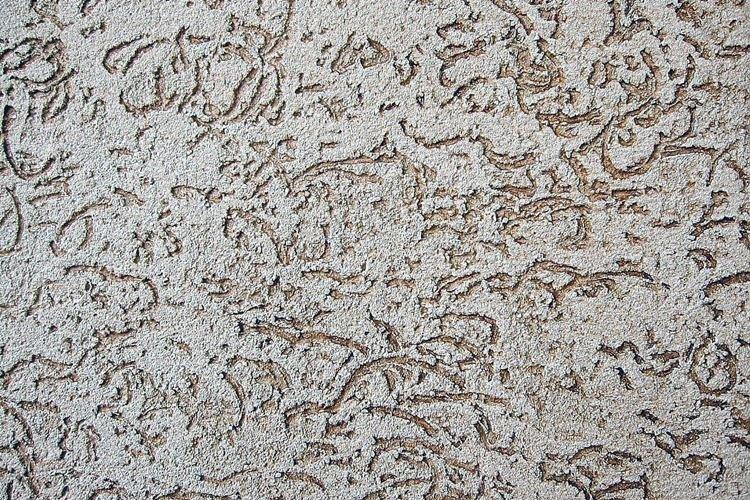
An additional plus of the bark beetle is good insulating properties and high vapor permeability. The mixture can be tinted immediately or painted over, depending on the project. And before applying, you do not need to painfully equalize all the walls to the ideal, because the textured coating will hide minor defects.
The surface is almost impossible to damage, it is easy to clean and can be repainted in the future. Of the shortcomings, it is worth noting that the impressive consumption, which depends on the fraction of the filler. The larger the particles, the more plaster will be needed per square.
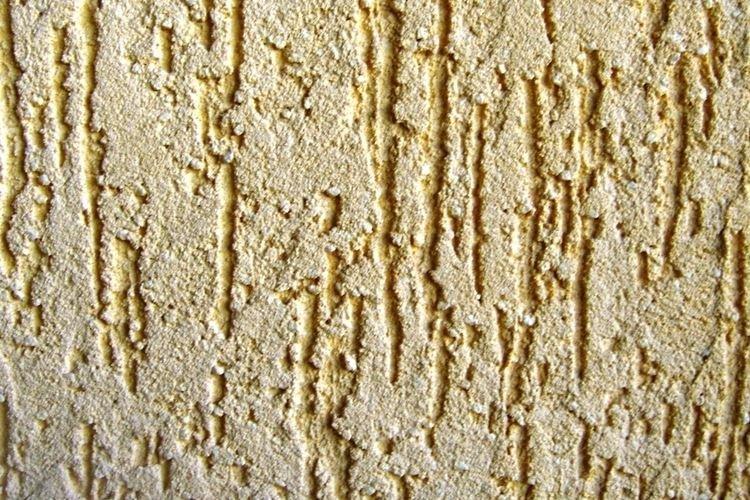
Compound
Now the bark beetle is not a specific mixture, but a pattern that forms decorative plaster. Therefore, the composition can be different, and even the size of impurities varies from 0.8 to 3.5 mm. It is the additives that determine how deep the pattern will be, so very small particles up to 0.5 mm are not used - there will be no desired effect.
Coarse-grained plaster is often used for facade work, and small-for interior. This is how the very effect of the surface, streaked with beetles, is obtained. Part of the drawing resembles a not too neat cut of an old tree.
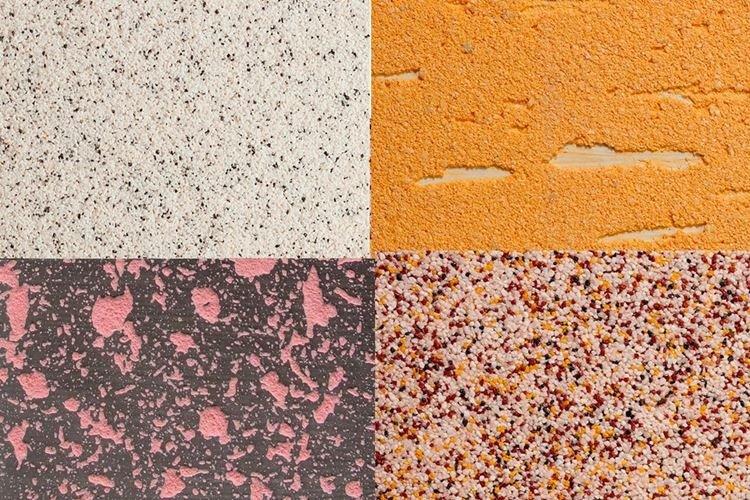
Cement-based bark beetle is traditionally produced in white and tinted with pigments. After application, the plaster can be painted over with water or silicone paint. The coating is resistant to moisture and frost, is cheaper, but lasts less.
Polymeric plasters bark beetle are more durable, do not crack and require minimal preparation of the base. It is easier to work with them and it is more convenient to tint them, because it is an acrylic composition. But the vapor permeability of the polymer mixture is lower and it is more expensive.
Less common are silicate and silicone bark beetles. Silicate contains water-repellent impurities, are suitable for wet rooms and are rich in different shades. Silicone is the most durable and crack-resistant, but the most expensive.
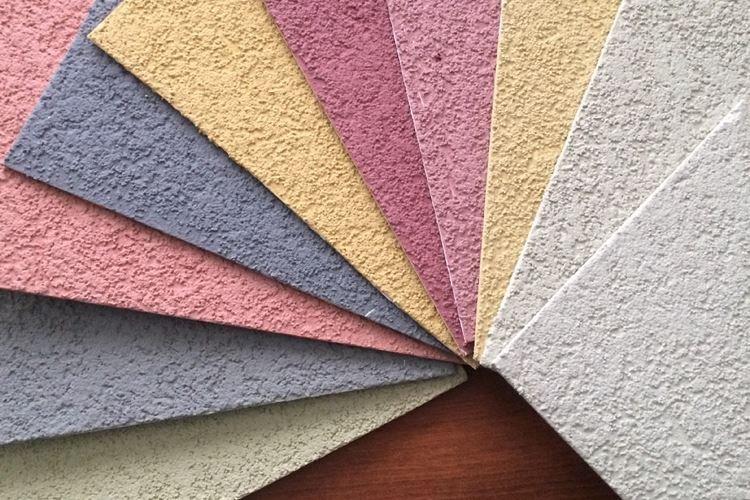
DIY plaster bark beetle
Be sure to prepare the mixture strictly according to the recipe on the package so as not to spoil the plaster. To dilute the dry portion, slowly top up with warm running water. For lump-free mixing, use a construction mixer or drill attachment.
Leave the mass to rest for a quarter of an hour before use, and then beat again. You will end up with a solution that resembles mashed potatoes in consistency. It is important not to overdo it with the amount of water, because otherwise the mixture will stratify.
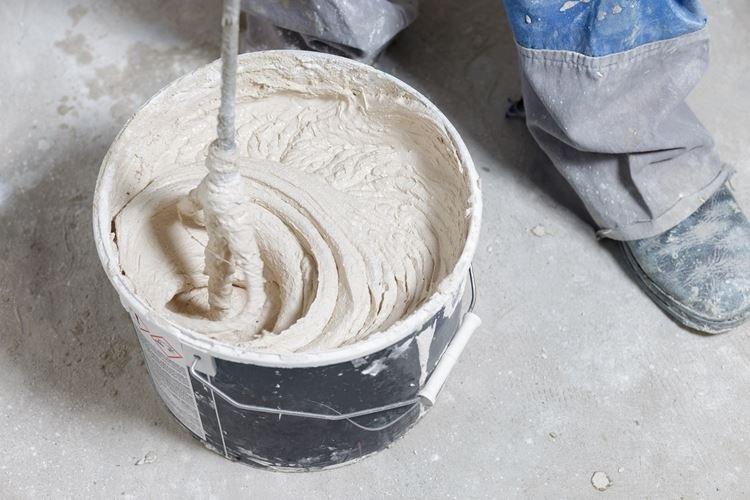
How to apply bark beetle
Ease of work is one of the main advantages of the bark beetle, because such plaster is easy to apply on your own. But first you have to prepare the surfaces: remove the old paint, grind, clean.Prime the walls or treat with special antiseptics so that there is no fungus.
Repair large defects on the surface with ordinary plaster putty. Here you can not strain too much, because the bark beetle will hide minor flaws. If the height difference along the wall is too large, it is better to level it, otherwise the textured coating will only emphasize it.
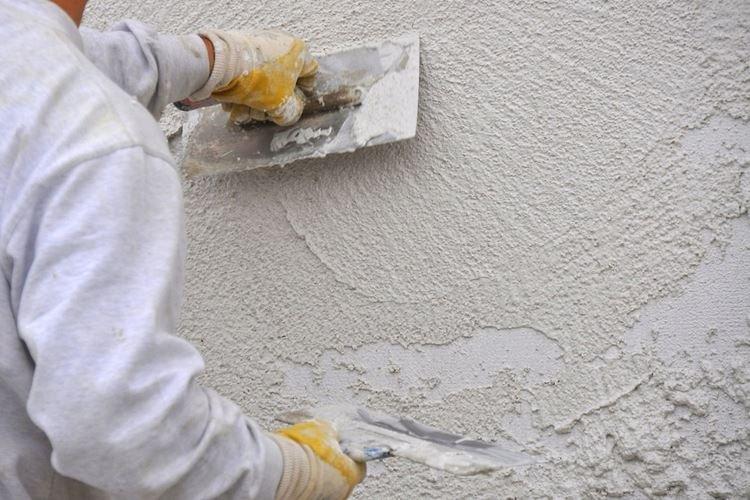
First coat with acrylic primer for strong adhesion and moisture removal. The recommended layer thickness of the bark beetle corresponds to the filler fraction. In the process, this is visible visually, as soon as the first furrows begin to appear. Use a special trowel or trowel at a 60 degree angle.
For facade decoration, the preparation is slightly different, so first you need to lay a reinforcing mesh on the insulation. Wait a day for it to adhere firmly, and only then proceed to the primer and plastering.
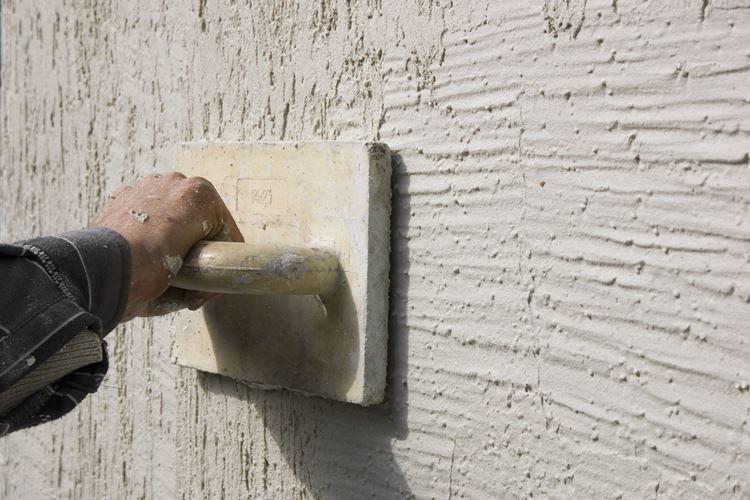
Remember that textured plaster sets quickly, so you need to work quickly and without interruption. Do not apply the mixture to any old coating - it is not durable. And don't do the finishing if the temperature is below 5 degrees.
Depending on how you distribute the plaster, you will get different patterns. It can be vertical or horizontal stripes, chess, frost, cork and others. The bark beetle dries up to 3 days, depending on humidity and temperature.
If you want to paint the plaster on top, you need a textured roller with fine nap, for example, made of velor. It will hit all furrows well, so you don't even have to push hard. And with several shades, you can create a bright two-tone painting just by varying the pressure of the roller.
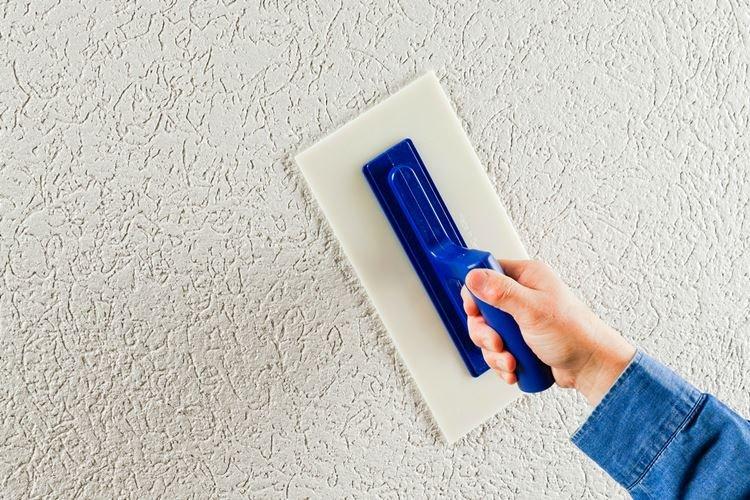
Plaster bark beetle - photos and ideas
Designers and builders unconditionally agree on one opinion: the bark beetle is a very versatile plaster. It is equally effectively used for outdoor and indoor work!
Plaster bark beetle for facades
The bark beetle is used to decorate new buildings and during restoration work. It is very versatile and even suitable for a wet façade system, although in this case a reinforcing mesh must be laid. The bark beetle finish is very durable, not afraid of snow, rain and wind.
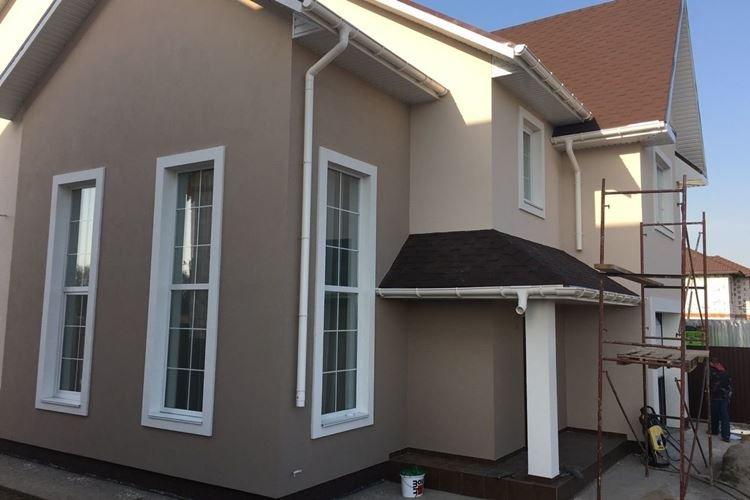
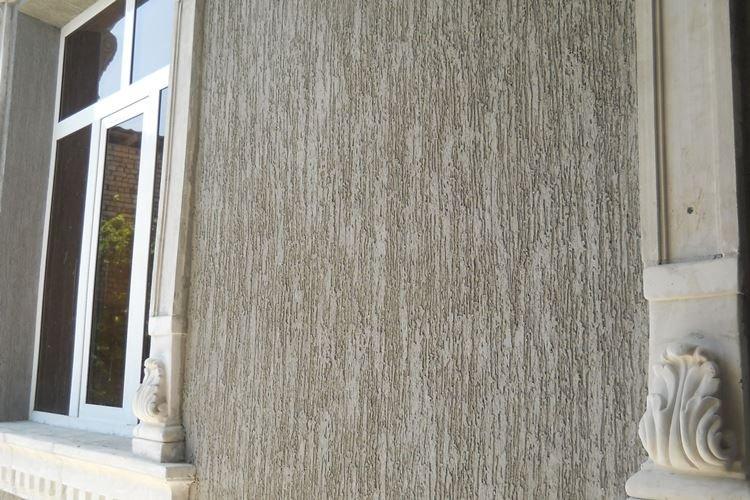
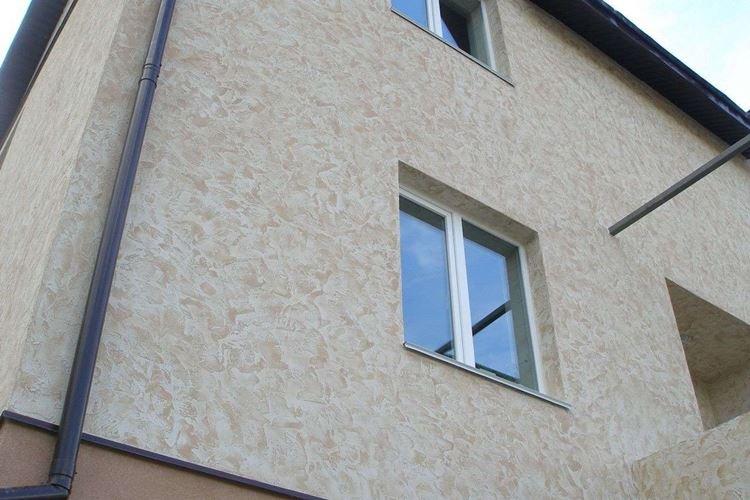
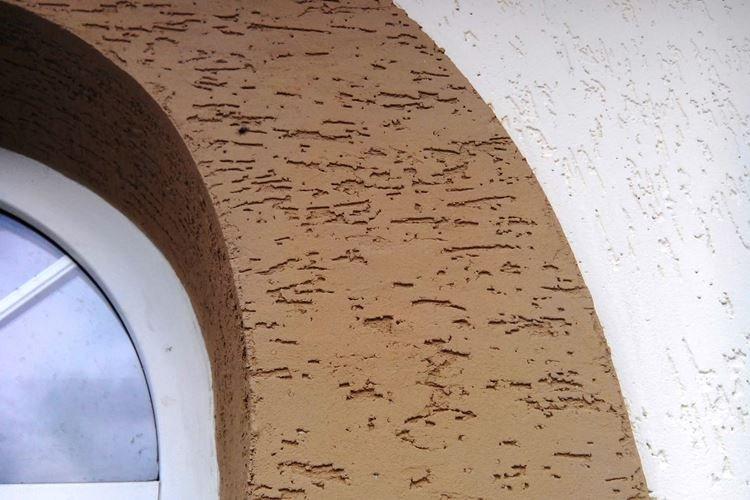
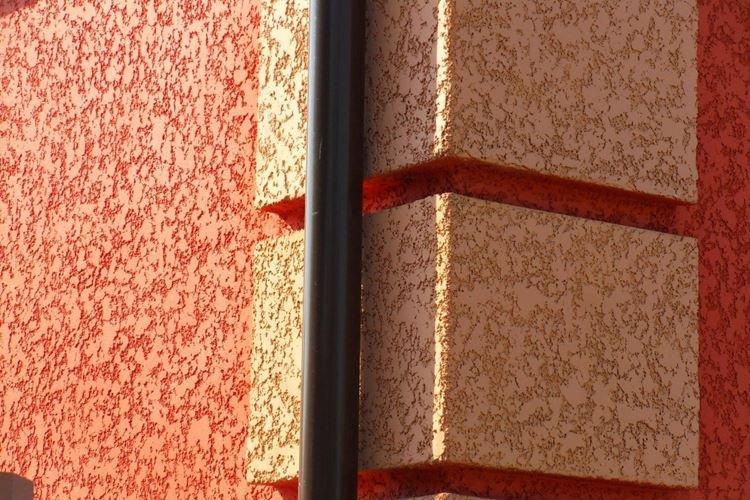
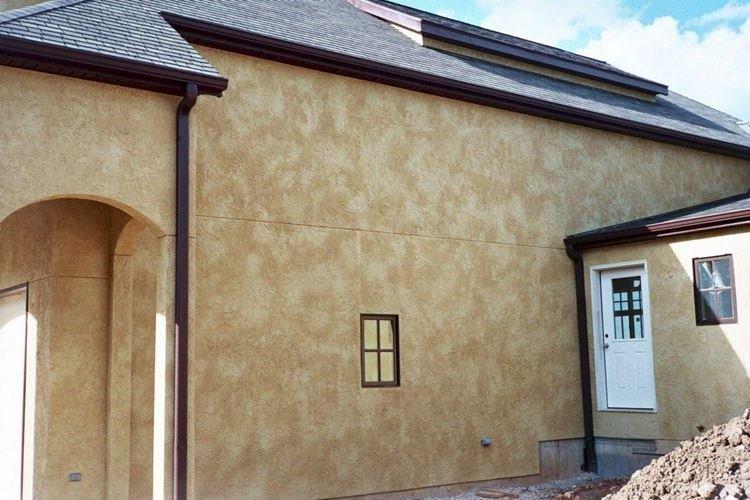
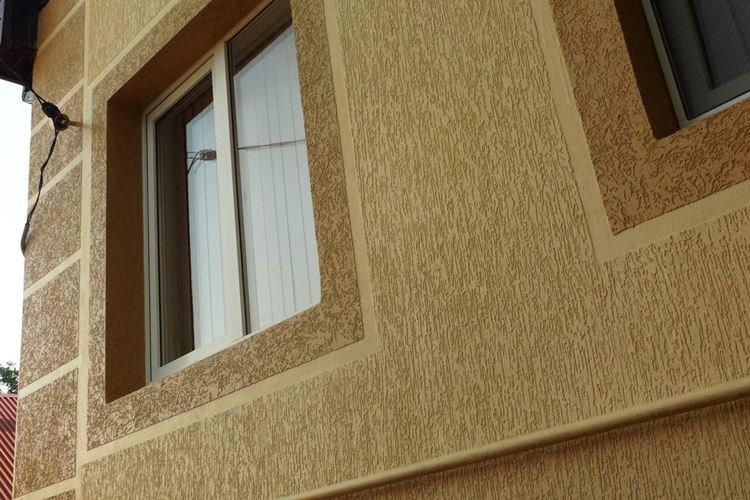

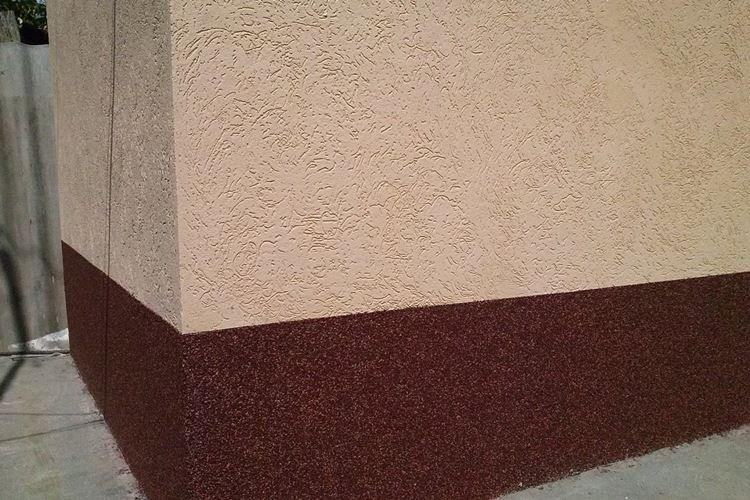
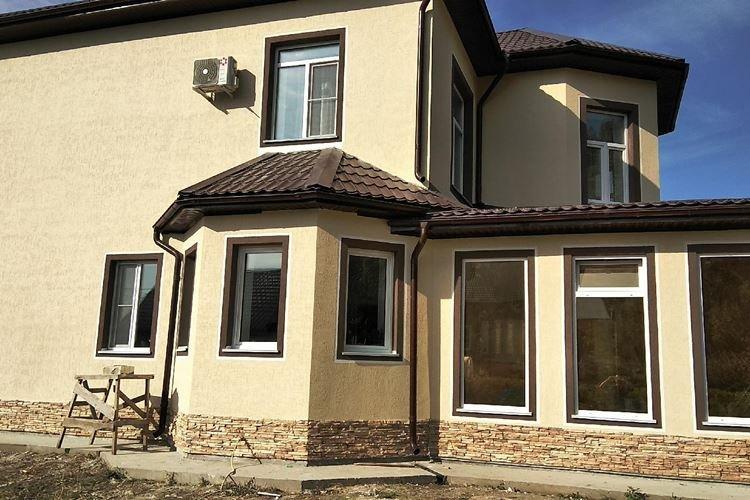
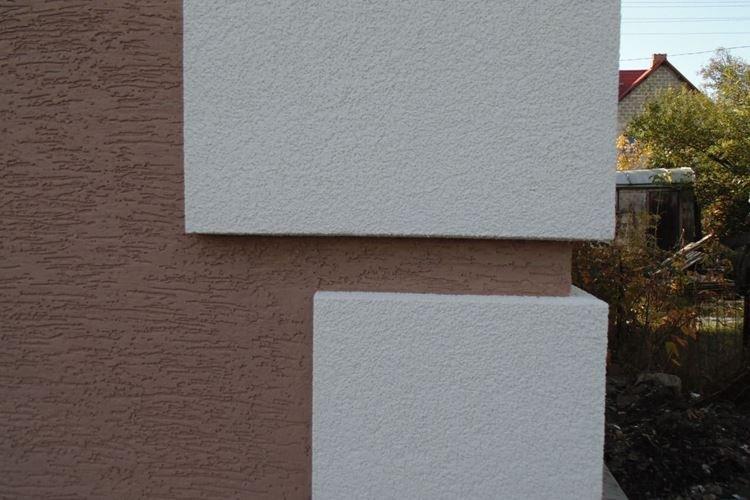
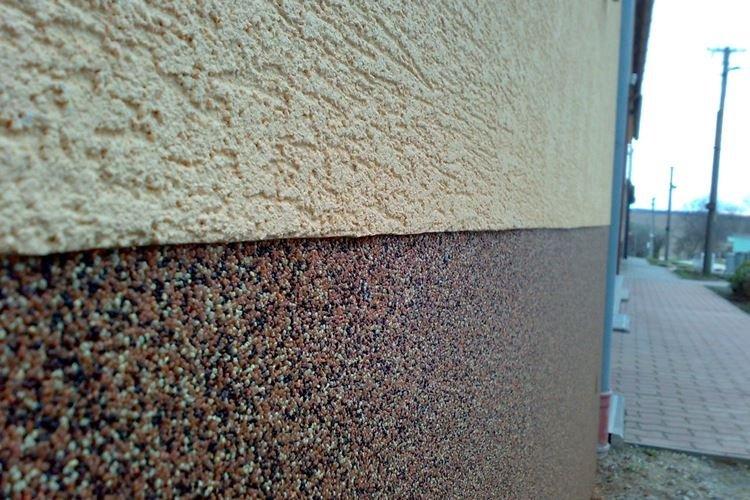
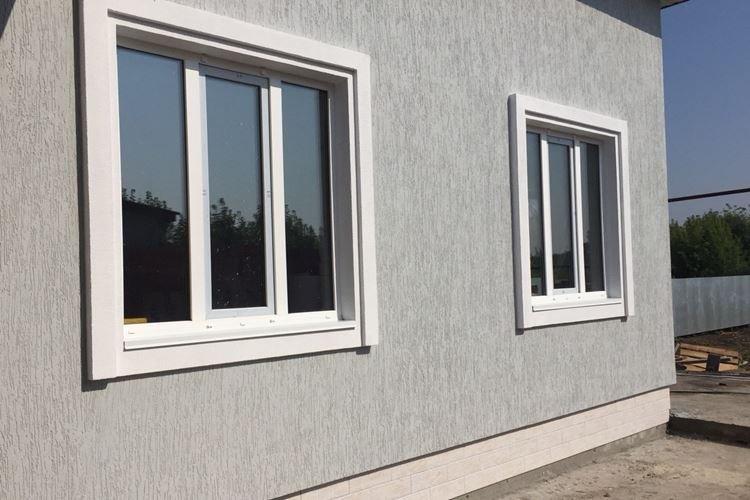
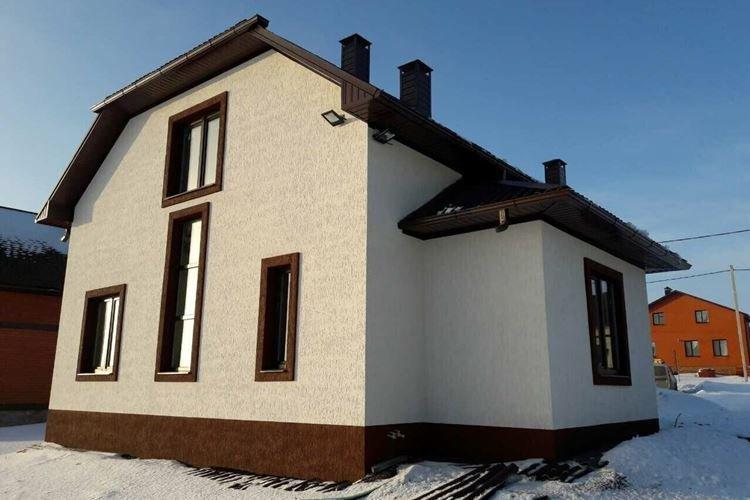
Plaster bark beetle in the interior
In the interiors, the effective texture of the bark beetle "revives" the laconic monochromatic coatings. Decorative plaster is much more practical than wallpaper, and it is faster and more convenient to apply it. The bark beetle fits especially well into modern minimalist designs, where most of the tricks are built on the contrasts of textures.
